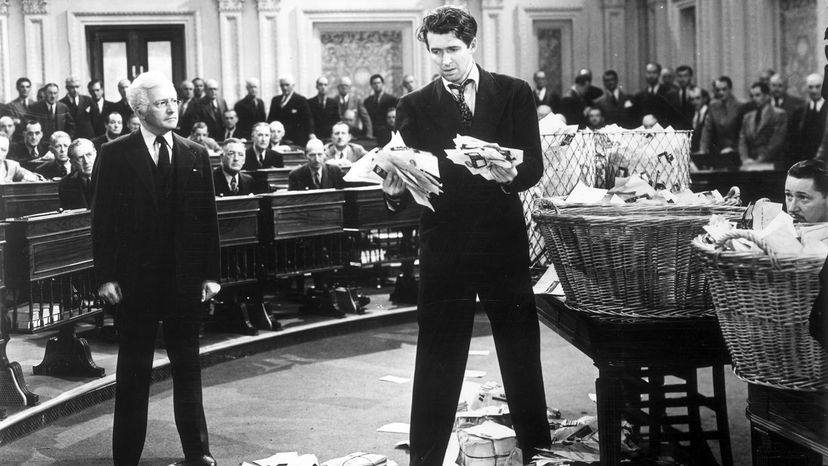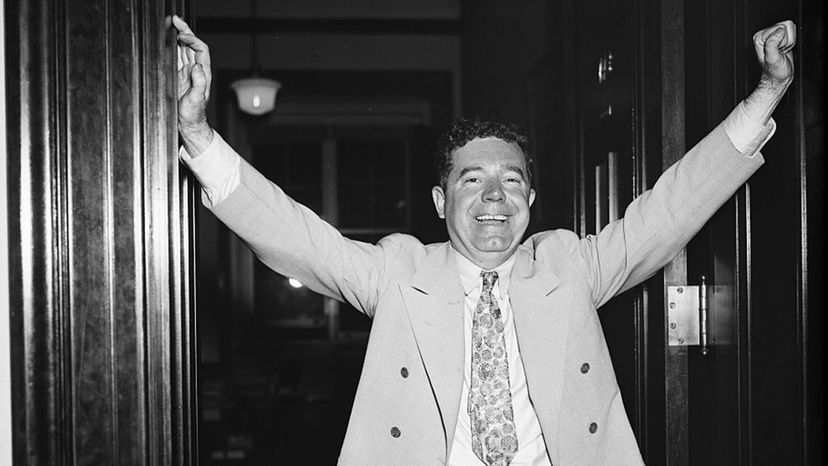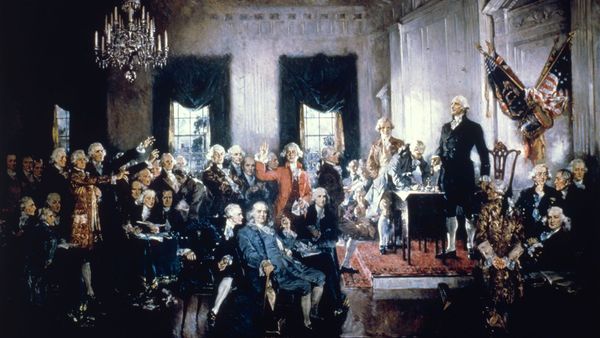
If you've ever seen the classic movie "Mr. Smith Goes to Washington," you'll remember that James Stewart plays a senator conducting a filibuster to stop a corrupt public works bill. Talking until he becomes physically exhausted, Smith uses the filibuster tactic to uphold his principles [source: Dirks]. In real life, Senate filibusters occur for a variety of reasons, not all of them so high-minded.
A filibuster is any use of procedural rules to block or delay legislative action. The term usually refers to extended debate of a bill carried on by one or more senators. The continual talking prevents the matter from ever being voted on, and the bill may simply be "talked to death." Other delaying tactics can be used for the same purpose.
Advertisement
Filibustering goes all the way back to the Senate of ancient Rome. Legislatures in the United Kingdom, Canada, Australia and France have used filibusters [sources: Connolly]. But the U.S. Senate has endured many more than other bodies. In part, this is because today, a senator doesn't have to speak endlessly in order to filibuster. If he or she has more than 40 senators on their side, the mere threat of a filibuster effectively blocks legislation. No endless debate is needed.
Some regard the filibuster as a tactic that preserves the rights of the minority and assures careful consideration of issues. Certainly it can foster accommodation. The majority party might seek to shape a bill so that a substantial minority of senators will not block it with a filibuster.
But others criticize the filibuster as intrinsically undemocratic. They think it allows the minority party to dictate to the majority. An actual extended debate wastes time needed for other matters, too. And the compromises that senators make to avoid a filibuster may be bad ones aimed at placating a single senator.
So what's the history behind the filibuster? It's long and colorful. We'll talk about that next.
Advertisement





